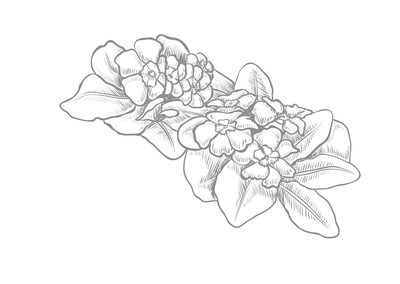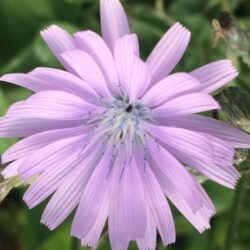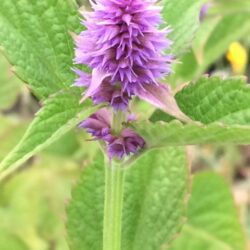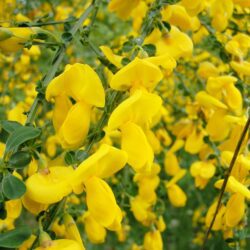Description
Clary Sage (Salvia sclarea) seeds are enveloped in a mucilaginous coat, a characteristic noted in historical herbals. An intriguing remedy suggested in old herbals involved placing a Clary Sage seed into the eye of someone with a foreign object, as the mucilage could adhere to the object, facilitating its removal. This practice, documented by herbalist Nicholas Culpeper in his Complete Herbal (1653), led to the plant being referred to as “clear-eye.” Beyond its historical uses, Clary Sage is valued for its aromatic properties. The distilled essential oil finds widespread application in perfumes and serves as a muscatel flavouring in beverages like vermouths, wines, and liqueurs. Additionally, Clary Sage essential oil is utilised in aromatherapy, where linalyl acetate, a component found in the plant, contributes to skin soothing and the treatment of skin inflammation and skin health in general, supported by robust scientific evidence. Clary Sage oil is also used as a natural remedy to help lower blood pressure, promote blood circulation, and reduce mood swings.
Blooming from late spring to summer, Clary Sage thrives in partial shade and is available for cultivation through seeds, plugs, or pots. Beyond its historical and aromatic significance, Clary Sage is esteemed for its ornamental appeal with tall flower spikes and attractive foliage, making it a versatile choice for gardens and landscapes. The plant’s dual role in history, as both a practical remedy and a sensory delight, adds to its allure as a botanical treasure.










